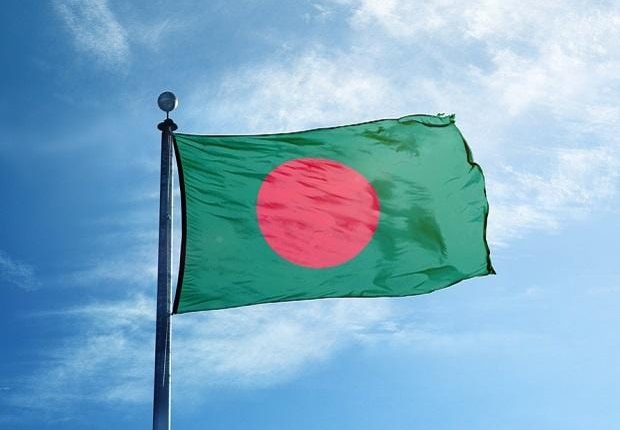Bangladesh Ministry of Finance has allayed fears on account of its external debt by pointing out that its external debt to GDP ratio stood at 11.87 percent compared to the IMF mandated threshold of 40 percent. The Domestic Debt to GDP ratio of Bangladesh stands at 19.55 percent taking the total Debt to GDP ratio to 31.42 percent on 31 March 2022.
The latest quarterly Debt Bulletin issued by the Bangladesh Ministry of Finance on Thursday reveals that its total external debt went up from 4.20 lakh crore Taka at the end of the last financial year on 30 June 2021 to 4.71 lakh crore Taka as on 31 March 2022. It is an increase of over 12 percent within 9 months of FY 2022.
The External Debt constituted 38 percent of Bangladesh’s total debt stock as on 31 March 2022. The proportion of domestic debt was 62 percent.
Out of the total external debt stock of Bangladesh as on 31 March 2022, multilateral debt constituted 61 percent of the total while the bilateral debt was about 39 percent. Within the multilateral debt category, IDA finance from the World Bank constituted 55 percent, while Asian Development Bank constituted 39 percent of the multilateral debt to Bangladesh.
Japan provided the highest proportion of bilateral debt to Bangladesh. Its share stood at 45 percent while Russia accounted for 22 percent, China 21 percent, India and South Korea 4 percent each and France 2 percent.
The Ministry of Finance in its bulletin said that the sustainable debt outlook of the country is attributable to the robust GDP growth rates and a prudent fiscal policy that maintained a deficit limit at or below 5 percent of the GDP.
Meanwhile, in a separate communication, the Ministry of Finance has issued a rejoinder to a report published in the Financial Times of London on August 9, saying its headline does not properly reflect the minister’s actual position. The FT had headlined the interview with Finance Minister AHM Mustafa Kamal that ‘Bangladesh’s finance minister warns on Belt and Road loans from China.


Comments are closed.